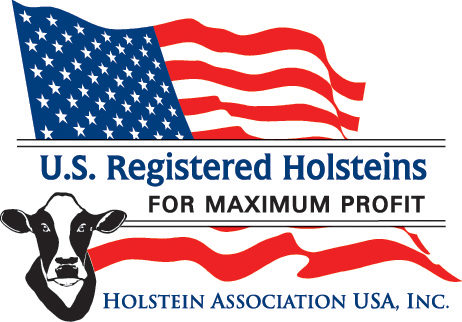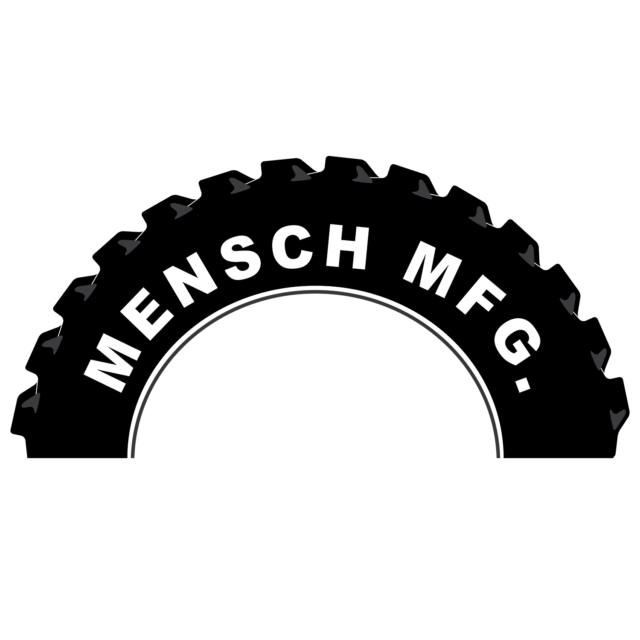Biosecurity continues to be a key part of animal production. With the recent ruling by the FDA concerning the rendering of cattle to prevent the spread of bovine spongiform encephalopathy, people raising cattle are looking for alternatives to deal with unexpected animal loss. Many rendering plants throughout the U.S. have recently increased fees related to this ruling or have decided not to render cattle in any form.
At the end of last year, a new option for carcass disposal was brought to the dairy industry. Although it has been available to smaller animal types prior to this time, the Burn-Easy Biosecure Cow Cremator now allows all types of large animals to be disposed of in a clean, efficient manner. Most importantly, this burning process meets and exceeds the EPA requirements for both animal disposal and burning.
The burning unit is designed to allow one full-sized dairy cow to be completely turned to DNA-free ash in 10 to 12 hours. Recent field tests have shown that for each 100 pounds of cremated remains, there is typically one gallon of ash remaining after the process. This remaining ash can be disposed of either through normal waste removal from the animal facility or spread out over the ground.
The first unit was recently installed in Wisconsin under the direction of Jim Hildenbrand. In speaking with Jim, he shared a few tips that make the installation and use easy for everyone.
“The installation process of the cremator took a little over an hour. With a few pieces to connect the fuel (diesel, LP natural gas or methane) and a level surface, it is easy to have it up and running the same day it arrives. It really comes down to a matter of fuel supply and plumbing. The rest is already done.”
When asked about the operation of the unit, Jim stated, “Depending on the size of the animal, we have been running the unit between 10 and 11 hours. We started out at 12, but found we actually were over-cooking the remains. I would figure the unit will run about one hour for every 100 pounds of remains there are which need to be disposed of.”
“We figure we are using between 18 and 20 gallons of diesel fuel each time we run the cremator. That is about $40 at the current price above the cost of the unit, so we are saving a lot over having the animals either composted in a windrow for several months or hauled away by the rendering plant.”
What remains to be seen is how well the cremator stands up over time. It has been designed to reflect the heat back into the unit, creating a cooler exterior when it is in use. It has a block wall layout which allows operators to replace just the interior wall over time instead of the entire unit. The life expectancy is over 7,500 hours of burn time, so it is felt most dairies would have to see a large animal loss before any replacement or maintenance costs would ever become an issue.
Jim summed up his feeling about the initial use of the cremator this way, “We have been pleasantly surprised with the overall efficiency and ease we have found with this cremator. Most animals have been completely disposed of in 10 to 11 hours and it looks like three full-grown cows can be burned before we need to remove the ash from the bottom. It is fast enough we can deal with two unexpected cow losses a day and still be on top of the disposal needs of the dairy. There is absolutely no DNA left, so it is totally biosecure. No diseases, no tissue, no BSE. Things are going better than we had anticipated.”
For more information on the J&D Burn-Easy Biosecure Cow Cremator, contact J&D Manufacturing at (800) 998-2398. Details about the new FDA ruling can be found at www.FDA.gov ANM
YOUR RESULTS
Are you ready for cremation at your facility? The following checklist can be used to determine if this new technology might be a fit for your operation:
1. Do you deal with animal loss on a regular basis?
2. Do you have a way to deal with the new FDA regulations regarding bovine disposal?
3. Are you looking for a fast way to deal with animal mortality?
4. Are you needing to stay within EPA guidelines for animal disposal?
5. Are the rendering facilities in your area raising rates?
6. Do you have limited space for animal disposal at your facility?
7. Do you want to reduce your carbon footprint?
8. Do you wish to reduce labor costs associate with animal mortalities?
If you answered yes to five or more of these questions, this technology is one for you to consider.





